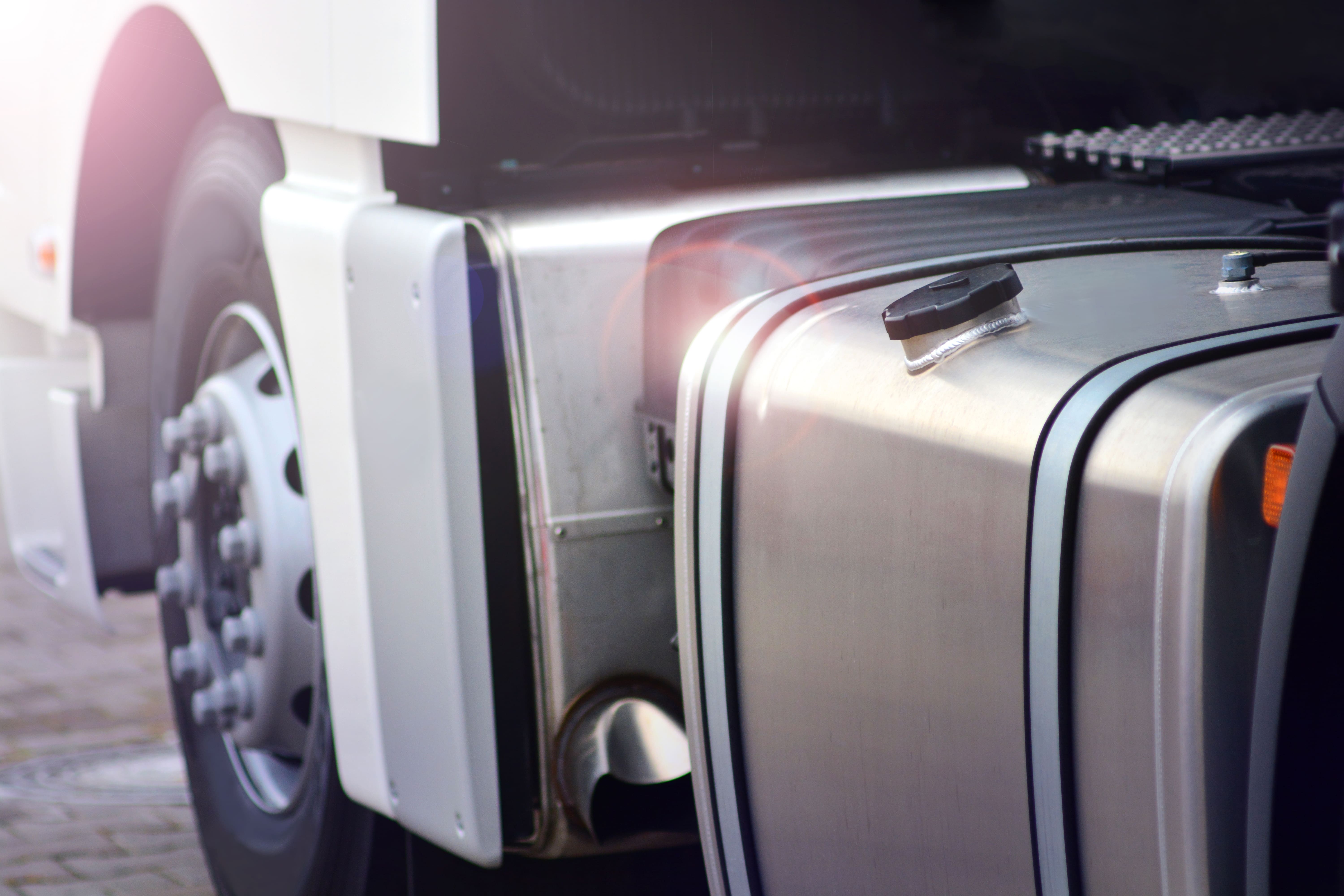
For average fleets, fuel represents approximately 60% of total operating costs. This is why it is a prime goal for all fleet managers to find new, more efficient ways to reduce fuel spend. Fuel prices can fluctuate significantly, which makes operating expenses volatile, but the good news is this: there are at least 5 ways that improve fuel saving and can be achieved through alternate means. Read on to find out:
#1: FUEL CARDS
Fuel cards or fleet cards are used as payment cards for gasoline, diesel and other fuels at gas stations. They allow businesses to manage expenses associated with the vehicles they own and operate.
Many fuel cards provide a generous line of credit, renewed on a weekly basis for each driver in your fleet. Some include prepay options as well.
While saving money on diesel is the main attraction of fuel cards, they offer other ways to save as well. For example, trucking companies might be able to get discounts on maintenance, tires, repairs, document scanning, lodging and other common expenses of operating a fleet.
The greatest benefit, however, is that they give you greater control over your fleet’s spending. Fuel card providers keep records of your drivers’ expenses and provide real-time reporting on all transaction activity.
#2: ON-SITE/OFF-SITE FUELING
The choice between using your own fueling infrastructure or letting your fleet fuel off-site depends largely on the nature of your business. What’s cost-effective for one kind of business may not be suitable for another one.
For example, on-site fueling is convenient if your vehicles return to a home base at the end of the day. They won’t have to wait in queues to fuel up first thing in the morning. This will save time and man hours in the long run. Buying fuel in bulk for an on-site infrastructure will also reduce the price you pay per gallon.
The first advantage of choosing to fuel off-site is the money you save by not buying and building infrastructure. Second, if the market price drops, you’re not stuck with large quantities of expensive fuel. If your fleet is diverse and depends on multiple fueling types, all those needs can be accommodated easily at off-site locations. And with no reserves of fuel stored within your business premises, there are lesser chances of major leaks and accidents.
#3: TELEMATICS DATA
A breakthrough moment in telematics’ positive influence on fleet efficiency happened some years ago with the discovery that idling has a significant impact on a fleet company’s bottom-line. This single discovery has changed the way many fleets operate their vehicles and has led to millions of dollars in savings.
With more businesses embracing telematics, fleet managers are noticing the many immediate gains. Telematics not only help make better decisions about lowering fuel costs, they lower maintenance costs and increase safety conditions as well.
For example, improving efficiency of fuel cards with a variety of actionable data that help managers keep an eye on any possibility of abuse. Optimizing routes to save driving time and fuel by charting out the shortest, quickest way from Point A to Point B. Monitoring vehicle health. And so on…
#4: AUTOMATED MANUAL TRANSMISSIONS
Fleets can see an average 1% – 3% improvement in fuel economy from automatic manual transmissions. These shift the manual transmission via computers at the most optimal time. As they eliminate the manual shifter and clutch, they are easier to drive than manual transmissions. This helps long-distance drivers cope better with fatigue. Automated Manual Transmissions also reduce the variability in fuel economy from one driver to the next.
#5: GAMIFICATION APPS
Competition is a great motivator. This is where gamification apps can come in to play. They help steer your company drivers into improving their own performance to validate their skills in front of superiors and peers.
By `gamifying’ rules and best practices that are often hard, new lessons to teach truck drivers, especially old-timers who have been on the road for years and uncooperative with the idea of change, businesses can fit eco-driving training, fuel saving driving habits and other tips and tricks in the spirit of friendly competition and fun!
Besides promoting good driving habits and fuel-saving practices, gamification apps also give managers valuable information on the performance of each of their employee, so they can be further trained if necessary to meet job expectations.

